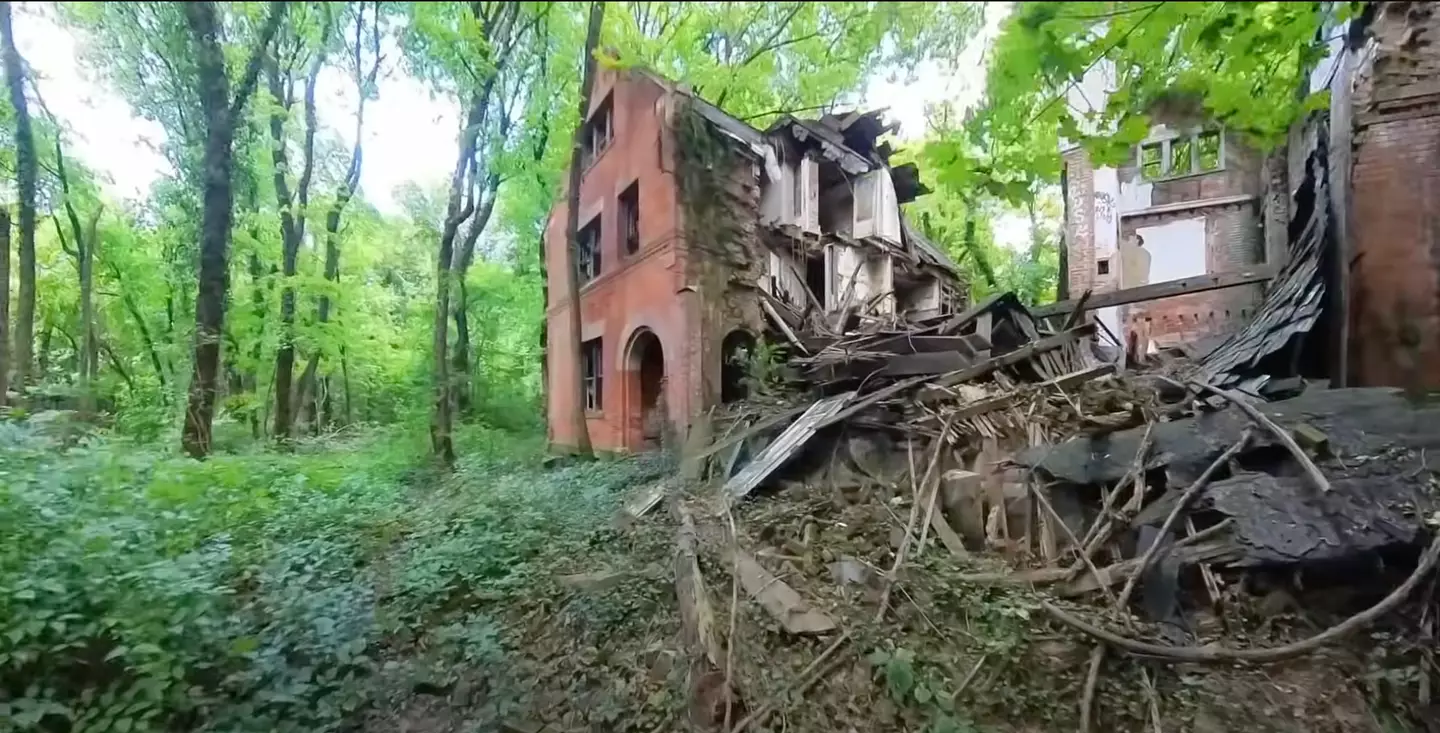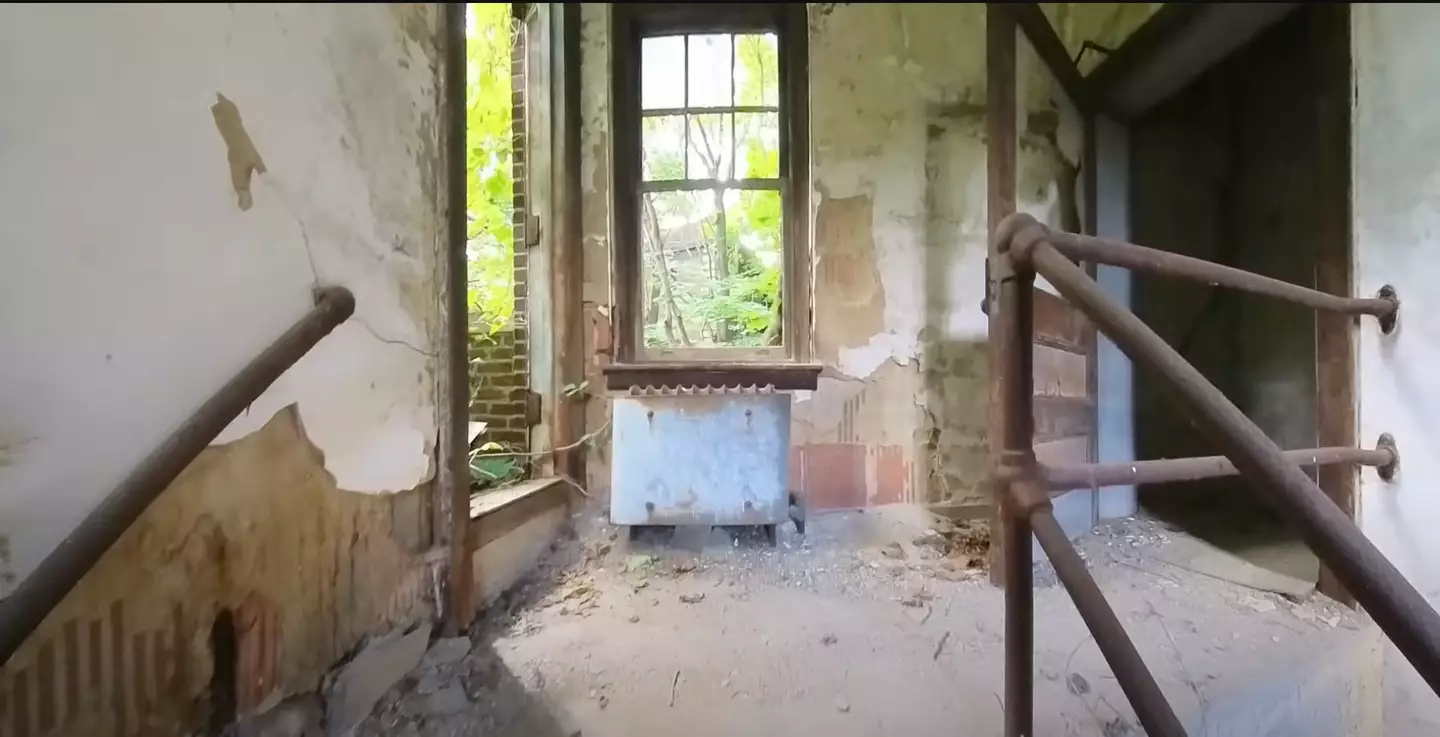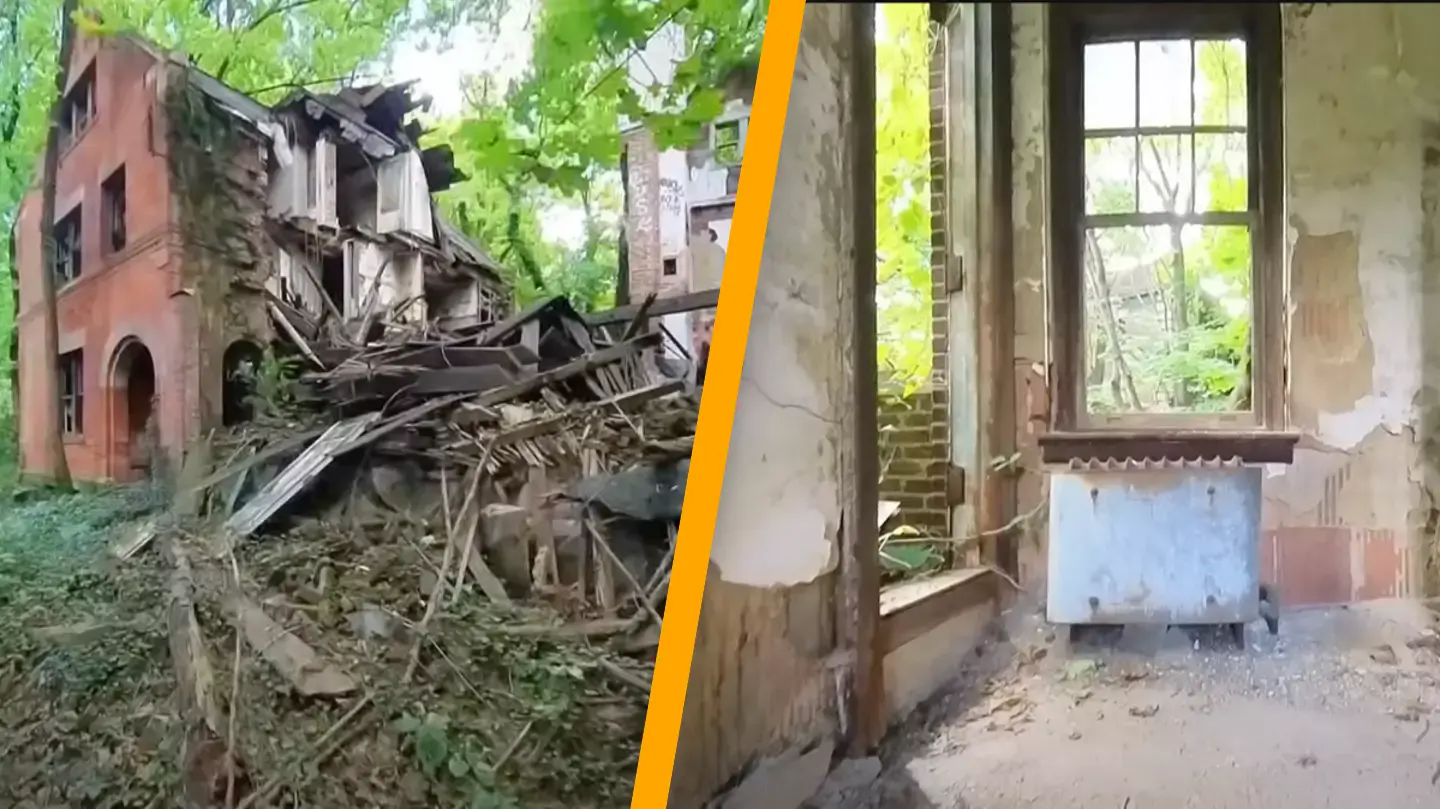Even if you’ve been a lifelong resident of New York, you might still be unaware of a certain secluded island that remains off-limits to almost everyone.
New York City ranks among the most densely populated areas globally, making it easy to assume that every nearby land parcel would be utilized.
However, that assumption would be incorrect.
Located less than a mile from Manhattan, this island has remained uninhabited for more than fifty years.
This island is called North Brother Island, and it has a smaller counterpart named South Brother Island.
The 22-acre North Brother Island is owned by New York City. It is positioned in the East River, nestled between the South Bronx’s industrial shoreline and the notorious Rikers Island Correctional Center.
It certainly sounds like an eerie place to visit, doesn’t it?
Since there’s no public transportation to this location, you’ll need a boat to get there. So, prepare to rent one unless you are fortunate enough to own a boat.

Unfortunately, public access to both islands is prohibited unless you have explicit permission from the New York City Department of Parks and Recreation.
But why is that?
According to the Parks and Rec page, the islands contain “hazardous historic resources” and serve as a “protected nesting area.”
The website also delves into the islands’ intriguing history, noting that all 25 buildings on North Brother Island are in a state of disrepair.
The page states: “Humans occupied North Brother Island for 150 years. The island housed the Riverside Hospital from 1881-1943, WWII veterans’ housing from 1946-1951, and a youth drug rehabilitation center from 1952-1964.
“The island was also the site of the General Slocum disaster in 1904. The primary tenant on the island was the City-owned and operated Riverside Hospital, including the Tuberculosis Sanatorium and pavilions for designated illnesses, laboratories, as well as homes and dormitory facilities for doctors, nurses, and other staff members.”

As for the island’s wildlife, most of the bird species are federally and state-protected, and access to their habitat is strictly regulated.
Discussing the historical context and the reasons behind the regulations, the page noted: “Up until the middle of the 1800s, many species of herons and egrets used lands in and around New York Harbor as nesting and foraging grounds.
“However, these birds were extirpated from the area in the latter half of the 19th century as a result of both hunting (commonly for their colorful feathers in fashion for ladies hats) and egg collecting, and declines in water quality as a result of the pollution.”
If you’re still eager to visit, you’ll need to complete a form and understand that “permits will only be granted for compelling academic and scientific purposes,” so best of luck to you.

